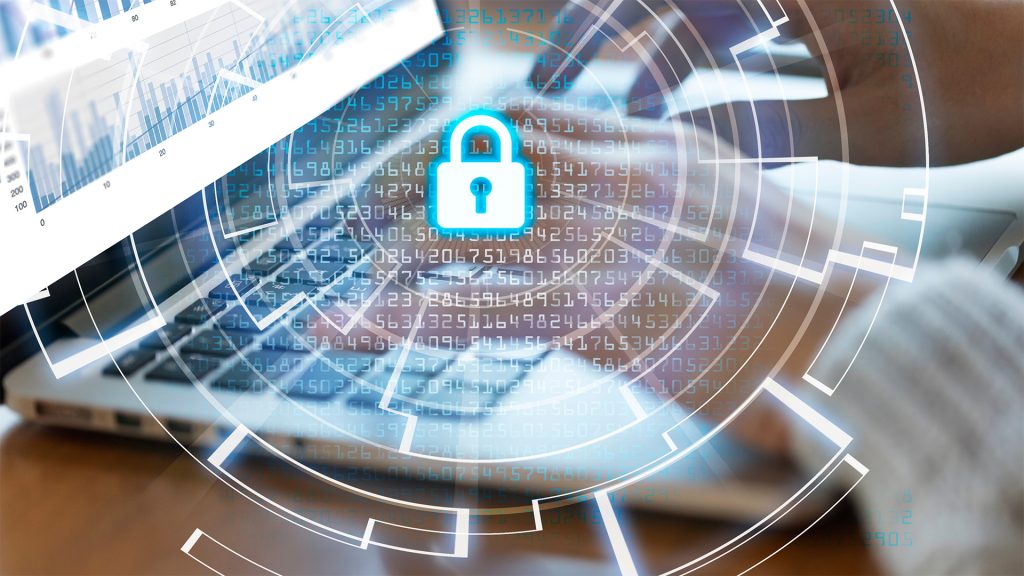The shift to remote and hybrid work has transformed the cybersecurity landscape, making traditional security models less effective. Businesses now operate with employees accessing sensitive data from various locations and devices, increasing the risk of cyber threats.
A scalable cybersecurity strategy ensures that organizations can adapt to evolving security challenges without compromising productivity or user experience.
In this article, we will explore how companies can build a flexible, scalable, and secure cybersecurity strategy to protect remote and hybrid teams.
Why Remote and Hybrid Work Increases Cybersecurity Risks
The traditional office-based security model relied on firewalls, secure office networks, and controlled access to company resources. With remote and hybrid teams, these protections are no longer sufficient.
Key Cybersecurity Risks in Remote Work
- Unsecured Wi-Fi Networks – Employees working from home or public places may use unprotected networks, making company data vulnerable to interception.
- Increased Phishing Attacks – Cybercriminals target remote employees with fake emails, attempting to steal credentials or install malware.
- Shadow IT Risks – Employees may use unauthorized applications or personal devices, leading to data leaks and security vulnerabilities.
- Lack of Endpoint Security – Without centralized control over devices, organizations struggle to ensure secure access and compliance.
- Data Breaches and Compliance Violations – Mishandling of sensitive information can result in regulatory fines and reputational damage.
A strong cybersecurity strategy is essential to mitigate these risks and provide a secure framework for remote and hybrid teams.

Key Components of a Scalable Cybersecurity Strategy
To ensure cybersecurity across remote and hybrid work environments, businesses must adopt a multi-layered approach.
1. Implement a Zero Trust Security Model
A Zero Trust approach follows the principle of “never trust, always verify.” This means that no user or device is automatically trusted, regardless of location.
- Require Multi-Factor Authentication (MFA) for all users
- Enforce least privilege access (only give employees access to what they need)
- Continuously monitor and log user activity to detect anomalies
2. Secure Endpoint Devices
Since employees use various devices (laptops, smartphones, tablets), companies must protect endpoints against threats.
- Install Endpoint Detection and Response (EDR) solutions
- Apply automatic security patches and updates
- Enable remote device management to track and secure company-owned devices
3. Enforce Strong Access Control Policies
With employees accessing systems from multiple locations, identity and access management (IAM) becomes crucial.
- Use Single Sign-On (SSO) to streamline authentication
- Implement adaptive access controls based on user behavior
- Regularly review permissions and access rights
4. Encrypt Data and Enable Secure File Sharing
Data security should be a priority, especially when employees share files across different platforms.
- Use end-to-end encryption for emails and cloud storage
- Implement secure file-sharing tools that restrict unauthorized access
- Set data loss prevention (DLP) policies to prevent accidental leaks
5. Protect Remote Networks and VPN Usage
Unsecured home and public Wi-Fi networks pose a major risk. Businesses must ensure safe remote connections.
- Require employees to use company-approved VPNs for accessing sensitive data
- Enforce Wi-Fi security policies (e.g., strong passwords, disabling public Wi-Fi use)
- Encourage the use of Secure Access Service Edge (SASE) for enhanced cloud security
6. Educate Employees on Cybersecurity Best Practices
Human error remains a leading cause of cybersecurity breaches. Regular training ensures employees understand security risks.
- Conduct phishing awareness training
- Implement password management policies
- Provide real-time security alerts for emerging threats
7. Monitor and Respond to Security Threats in Real-Time
Cyber threats evolve constantly, so organizations need continuous monitoring to detect and respond to security incidents.
- Deploy AI-driven security analytics for real-time threat detection
- Establish a Security Operations Center (SOC) for incident response
- Create a cyber incident response plan to minimize damage from attacks
Best Practices for Scaling Cybersecurity in Remote and Hybrid Work Environments
Scaling cybersecurity requires a proactive and flexible approach. Here are some best practices:
- Adopt Cloud Security Solutions – Use secure cloud storage and cloud access security brokers (CASB) to protect cloud applications.
- Automate Security Processes – Use AI and machine learning to detect threats and reduce manual security tasks.
- Regularly Update Security Policies – Ensure security policies adapt to new threats and regulatory changes.
- Segment Networks – Isolate sensitive data and applications to prevent unauthorized access.
- Perform Regular Security Audits – Conduct penetration testing and vulnerability assessments to find and fix security gaps.
Challenges of Implementing Cybersecurity for Remote Teams
| Challenge | Solution |
|---|---|
| Ensuring secure access from multiple locations | Implement Zero Trust Security and MFA |
| Protecting sensitive company data | Use encryption and secure cloud storage |
| Preventing employee negligence | Provide cybersecurity training and awareness programs |
| Managing remote devices securely | Use endpoint security and remote device management tools |
| Monitoring for security threats | Deploy AI-driven security analytics and threat detection |
Conclusion: The Future of Cybersecurity for Remote and Hybrid Teams
The future of work is hybrid and remote-first, making cybersecurity a top priority for organizations. A scalable cybersecurity strategy ensures that businesses can:
- Protect remote employees and company data from cyber threats
- Comply with global cybersecurity regulations
- Adapt security measures as the workforce evolves
- Minimize the risks of cyberattacks and data breaches
Organizations that invest in robust cybersecurity strategies today will be better prepared for the challenges of tomorrow’s digital workplace.
Is your company ready to secure its remote workforce? Start implementing a scalable cybersecurity strategy to protect your business from modern cyber threats.
FAQs About Cybersecurity for Remote and Hybrid Teams
1. What is the biggest cybersecurity threat for remote teams?
The biggest threat is phishing attacks. Cybercriminals use fake emails and messages to steal login credentials and sensitive data.
2. How can businesses secure employee devices?
Businesses can secure devices by using Endpoint Detection and Response (EDR), automatic security updates, and remote device management.
3. Why is Zero Trust Security important for remote work?
Zero Trust Security ensures that every access request is verified before granting access, reducing the risk of cyberattacks.
4. Should remote employees use personal devices for work?
Using personal devices increases security risks. If necessary, businesses should enforce Bring Your Own Device (BYOD) security policies.
5. How can companies prevent remote employees from using unsafe networks?
Organizations should require employees to use VPNs, secure Wi-Fi connections, and enable encryption for remote work.
6. How often should businesses review their remote cybersecurity policies?
Cybersecurity policies should be reviewed quarterly or whenever new security threats or regulations emerge.

